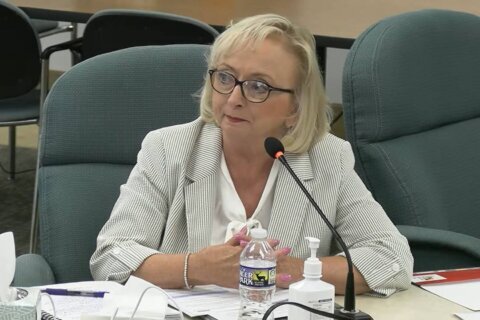Building new mass transit options invariably brings new development opportunities, but also increases the threat of current residents being priced out of their homes.
As construction continues on the Purple Line — 16 miles of light rail that will connect the Bethesda Metro, in Montgomery County with the New Carrollton Metro, in Prince George’s County — a new plan lays out the challenges and possibilities in preserving affordable housing.
The Purple Line Corridor Coalition, a public-private partnership, has issued a housing plan, which aims to provide stability for people who live along the corridor currently, as well as lay groundwork for future affordable housing along the Purple Line.
At least 17,000 homes are currently available along the line for households that earn $70,000 or less per year. Over half the population living between New Carrollton, and the future Long Branch station in Silver Spring earn below the area median income.
In Prince George’s County, the median income is approximately $81,000, while in Montgomery County that figure is approximately $103,000.
The plan seeks to ensure that 8,500 currently rent-protected homes along the line remain affordable.
The Purple Line Corridor Coalition suggests both counties work toward providing pathways for current homeowners to renovate their homes through low-cost loans, and provide additional down-payment support to qualified residents who want to purchase their homes.
The group suggests providing support and incentives to developers willing to build mixed-income neighborhoods.
In Montgomery County, the county government and Housing Opportunities Commission have the right of first refusal, in cases where rental buildings become available for sale.
While building housing for lower-income residents can often require government subsidies to developers to help close the gap between the costs of building new housing and what lower-earning residents can reasonably expect to pay for rent.
An option might be to provide tax exemptions, so affordable developers can borrow more money from conventional lenders, while minimizing the subsidies that county’s might typically pay.








